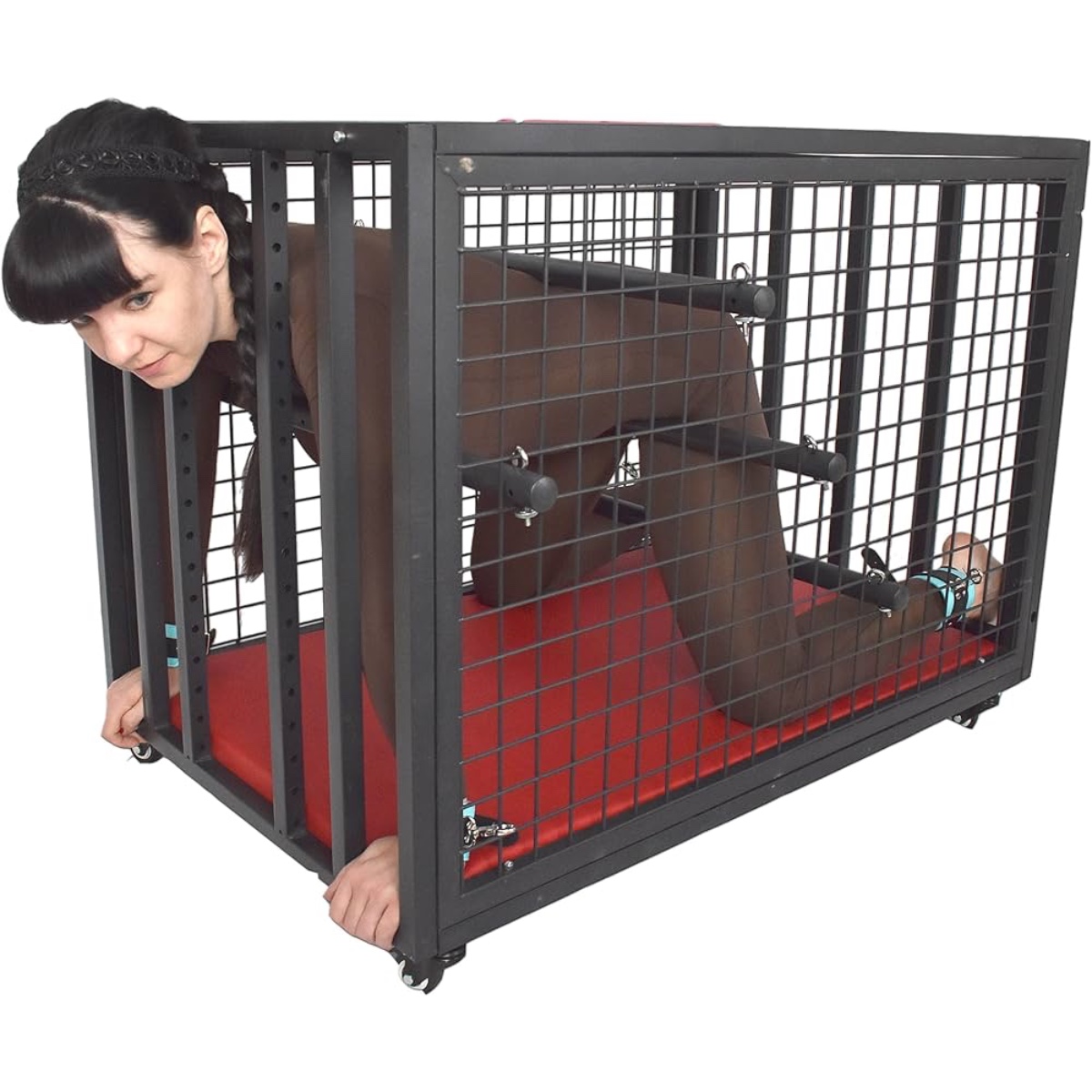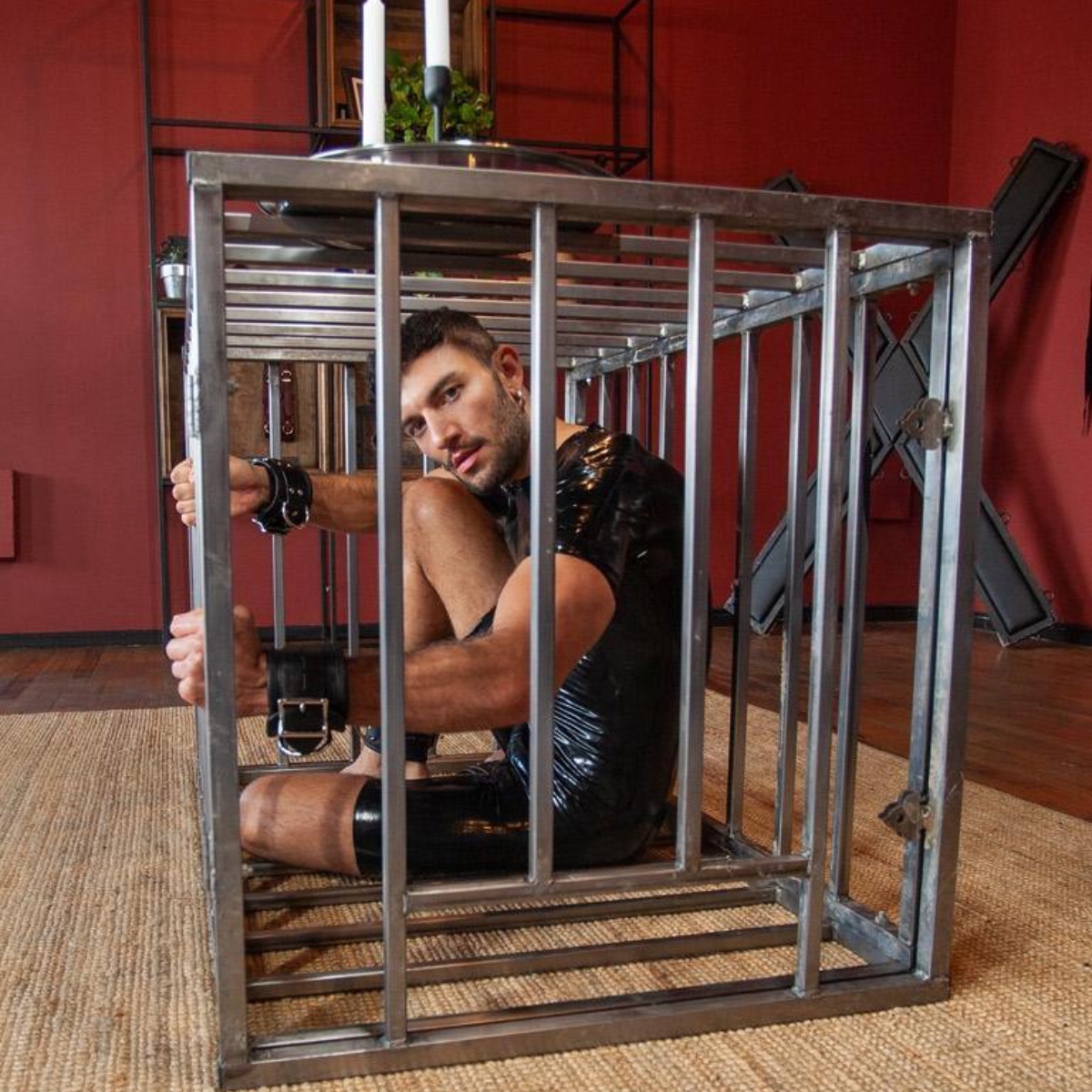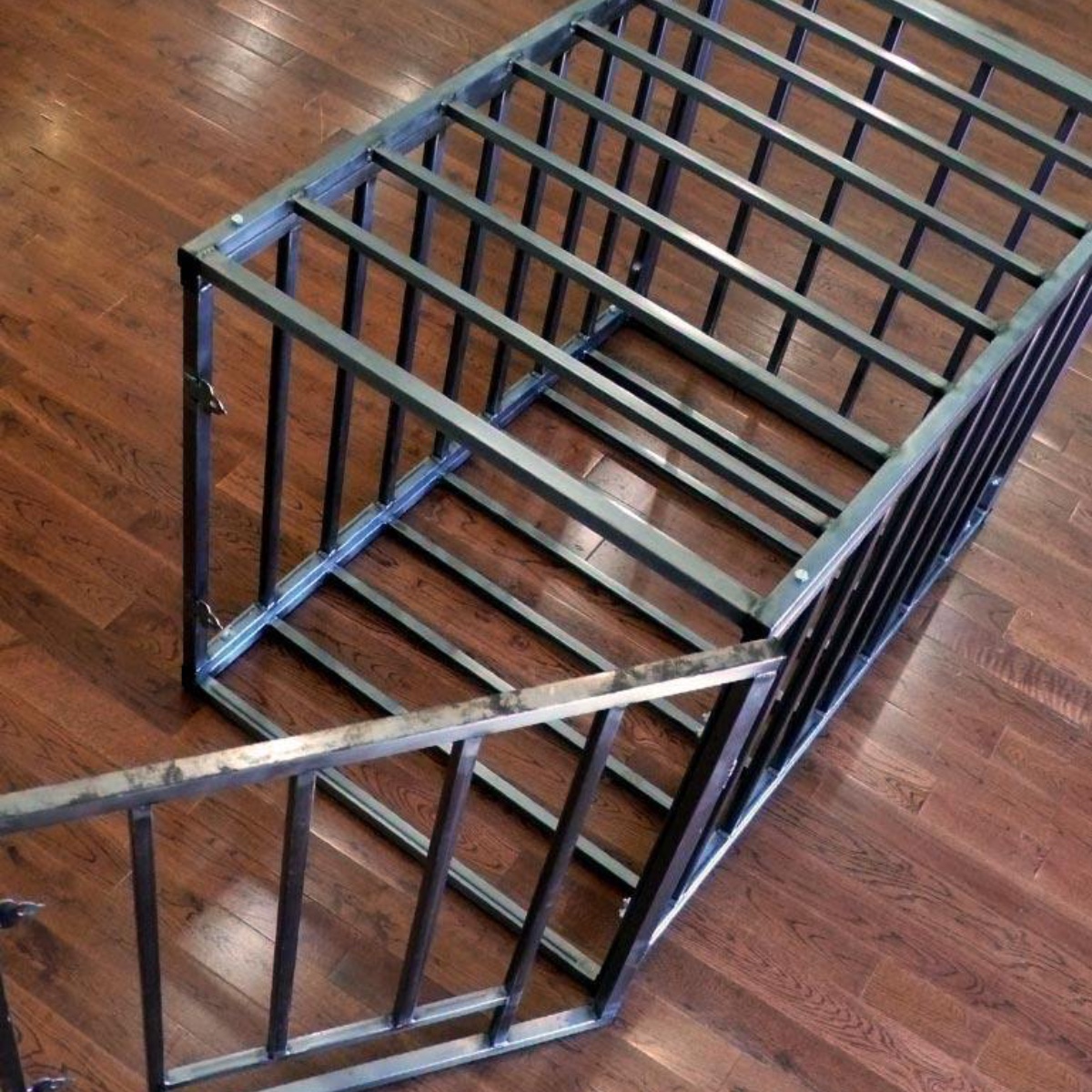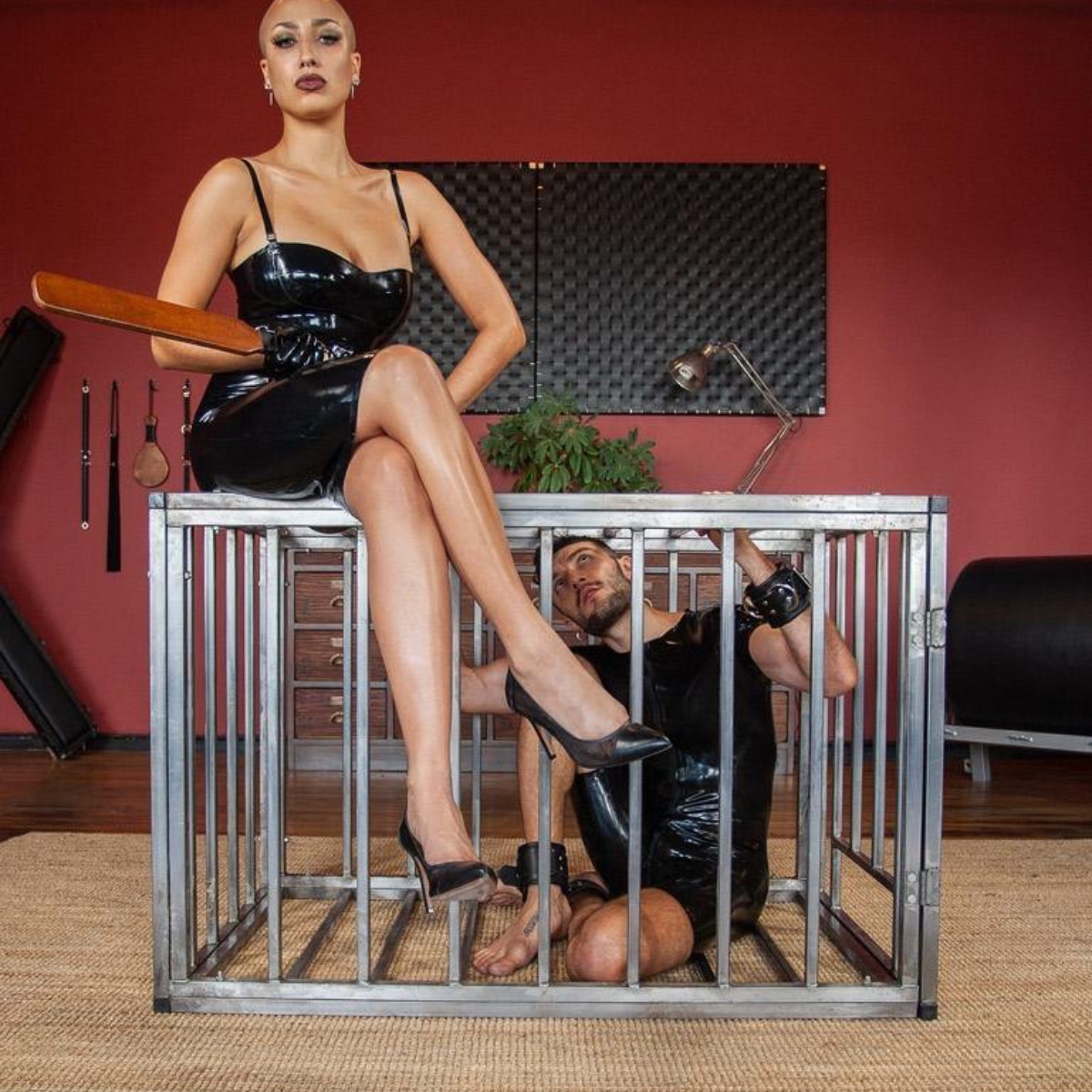Welcome to this comprehensive guide on the role of BDSM cages in bondage play. The goal of this article is to provide an in-depth understanding of how BDSM cages are used to enhance bondage experiences. BDSM cages are a fundamental part of many bondage scenes, serving to amplify the dynamics of power, control, and confinement. Understanding the purpose and application of these cages can significantly enhance your practice and ensure a safe and consensual experience. This article will explore the types of BDSM cages, their historical context, and their impact on bondage play.
Take a look at our BDSM coffee table cage review, our BDSM stand-up cage review or our BDSM puppy cage review.
You can check out the best price for BDSM cages by clicking here.
The Role of BDSM Cages in Bondage Play

Understanding BDSM Cages
BDSM cages are devices used to confine a person, restricting their movement and placing them in a controlled environment. These cages come in various forms, each designed to serve specific purposes within bondage play.
Confinement Cages:
These are the most common type, used to restrict a person’s movements entirely. They vary in size from small, restrictive spaces to larger enclosures that allow limited movement.
Display Cages:
These are often used for exhibition purposes, allowing the person inside to be seen by others. They are typically more open and decorative, designed to showcase the individual.
Transport Cages:
These are portable and designed for easy movement. They are often used in scenarios where the individual needs to be moved from one location to another while remaining confined.
Materials commonly used in BDSM cages include metal, wood, and reinforced plastic. Metal cages, particularly those made from steel, are popular for their strength and durability. Wooden cages offer a more aesthetic, rustic look but require more maintenance. Reinforced plastic cages are lightweight and easy to clean, making them ideal for transport.
Historical Context of BDSM Cages

The use of cages in bondage play has a long history, dating back to ancient times when confinement was a form of punishment and control. In historical contexts, cages were used to display prisoners or captives as a show of power. This symbolism has carried over into modern BDSM practices, where cages are used to reinforce themes of dominance and submission.
BDSM cages have evolved significantly over the years. Initially, they were rudimentary and often repurposed from existing structures. Today, they are specifically designed for bondage play, incorporating features that enhance safety and comfort. The evolution of BDSM cages reflects the growing understanding of consensual play and the importance of creating devices that are both effective and safe.
In the BDSM community, cages symbolize the surrender of control and the trust between partners. They are a powerful tool in scenes that explore power dynamics, providing a physical representation of confinement and submission. As the community continues to evolve, so too does the design and use of BDSM cages, making them an integral part of bondage play.
By understanding the different types of BDSM cages and their historical significance, you can better appreciate their role in enhancing bondage experiences. Whether for confinement, display, or transport, these cages offer a unique way to explore the dynamics of control and submission in a safe and consensual environment.



